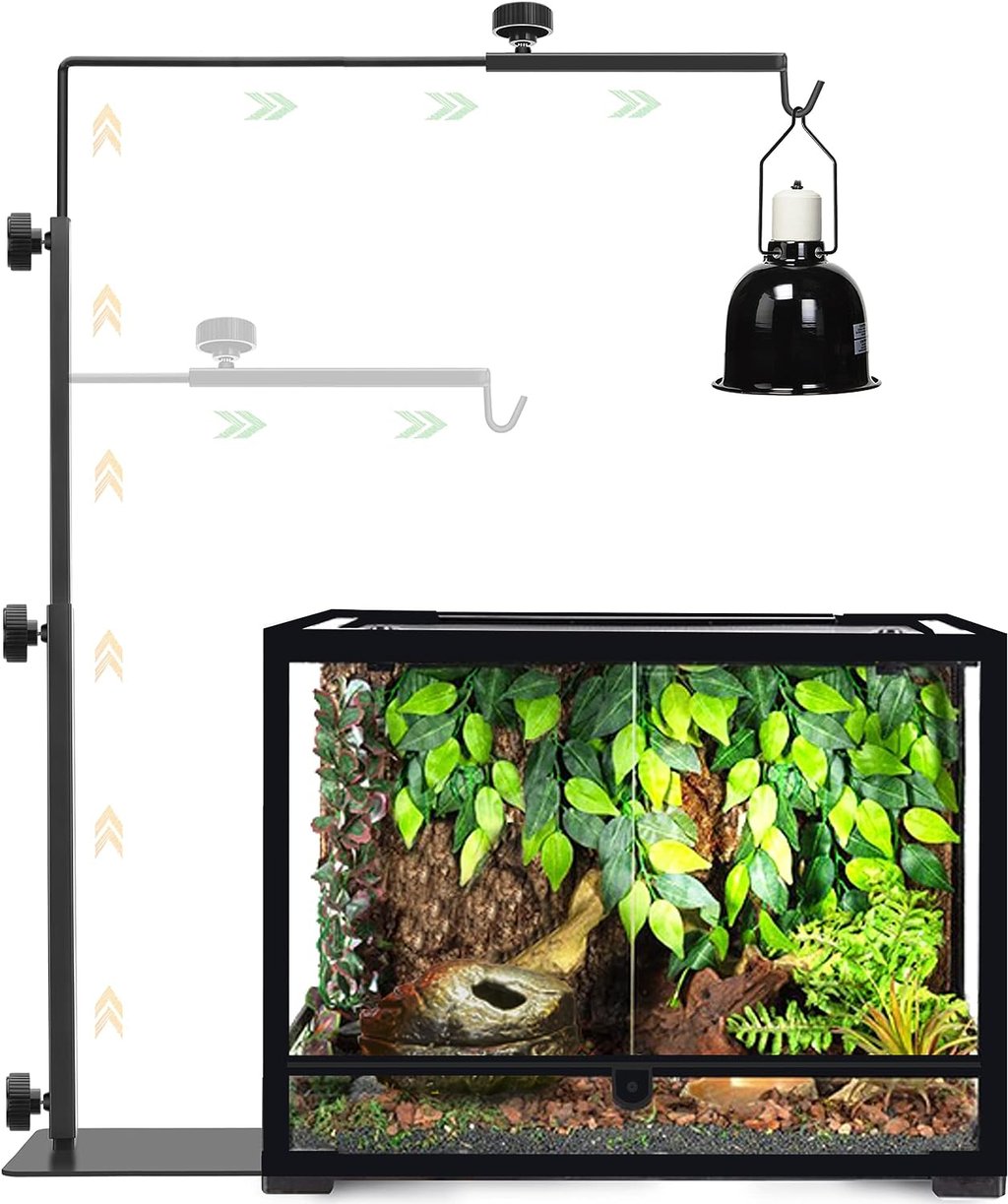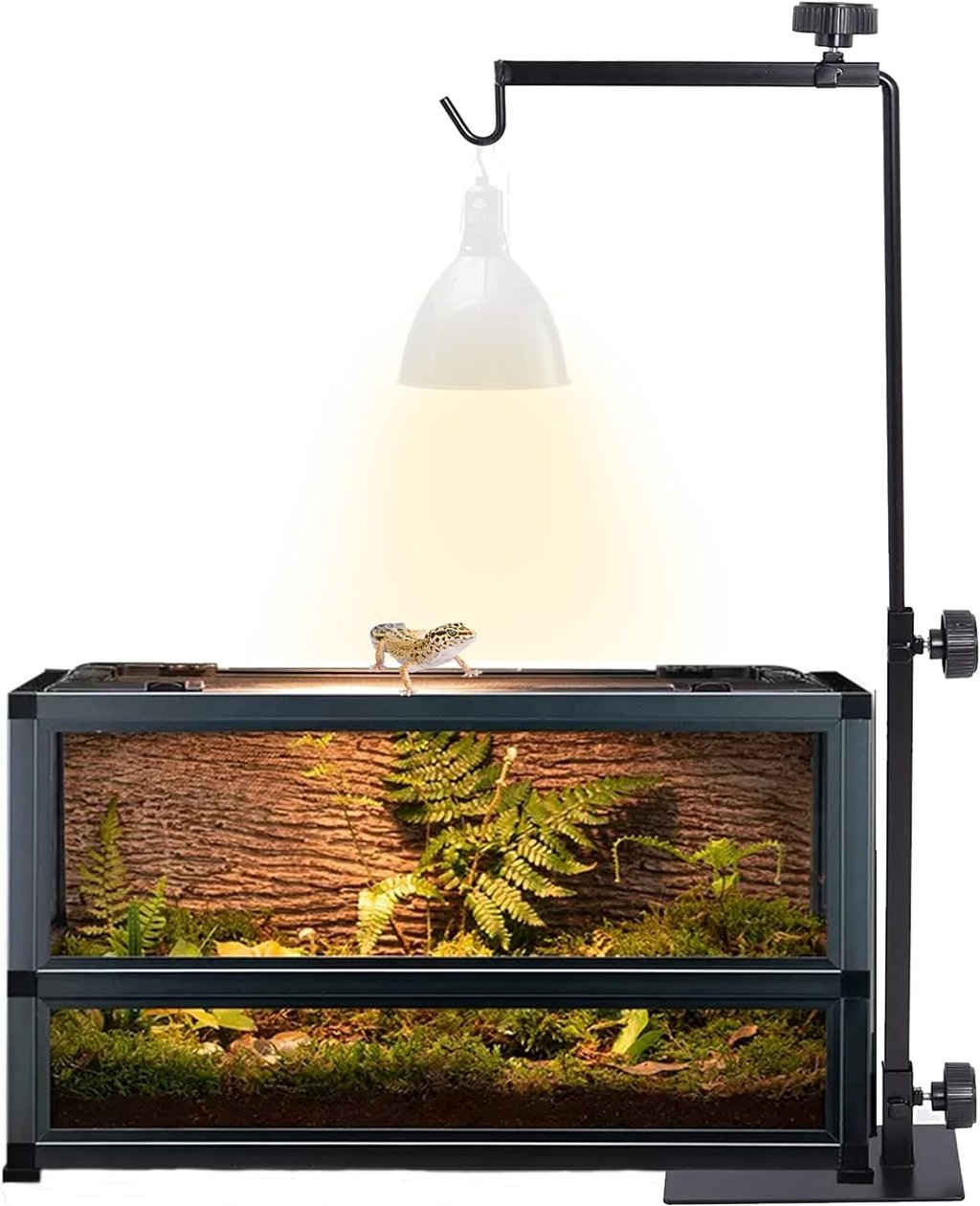Why Box Turtles Require Heat Lamps for Optimal Health
Box turtles are fascinating reptiles that make popular pets for many reptile enthusiasts. These turtles are known for their distinctive appearance and unique behaviors. To ensure the well-being of your box turtle, it is crucial to provide them with an environment that mimics their natural habitat. One essential component of their habitat is a heat lamp. In this article, we will explore why box turtles need heat lamps and how to set up the perfect heating system for them.
The Importance of Heat Lamps for Box Turtles
Box turtles are ectothermic creatures, which means they rely on external heat sources to regulate their body temperature. In the wild, they bask under the sun to warm themselves up and seek shade to cool down. When kept in captivity, it is necessary to provide them with an artificial heat source, such as a heat lamp, to ensure they can adequately thermoregulate.
Heat lamps serve multiple purposes for box turtles:
- Regulating Body Temperature: Box turtles require a temperature gradient within their enclosure to thermoregulate effectively. A heat lamp helps create a warm basking area where the turtle can raise its body temperature to the desired level.
- Metabolism and Digestion: Proper temperature plays a crucial role in the metabolism and digestion of box turtles. Heat lamps provide the necessary warmth for them to digest their food properly and maintain a healthy metabolism.
- UVB Exposure: Along with heat, box turtles also require exposure to ultraviolet B (UVB) light. UVB is essential for the synthesis of vitamin D3, which aids in calcium absorption and prevents metabolic bone disease. Heat lamps designed for reptiles often incorporate UVB bulbs to provide both heat and the necessary UVB radiation.
Setting Up the Ideal Heating System
Now that we understand the importance of heat lamps for box turtles, let's delve into the specifics of setting up the ideal heating system for your pet:
1. Choose the Right Heat Lamp: Select a heat lamp specifically designed for reptiles. These lamps usually have a ceramic base and can accommodate both heat and UVB bulbs. Ensure the lamp is securely attached to the enclosure, providing a safe and stable heat source for your turtle.
2. Positioning the Heat Lamp: Place the heat lamp at one end of the enclosure, creating a temperature gradient. This allows the turtle to choose the desired temperature by moving closer to or farther away from the heat source. The basking area should have a temperature of around 90-95°F (32-35°C), while the cooler end of the enclosure can be maintained at around 75-80°F (24-27°C).
3. Monitoring the Temperatures: Regularly monitor the temperatures in your turtle's enclosure using a reliable thermometer. This will help you ensure the heat lamp is providing the appropriate temperatures for your pet's well-being. Adjust the height or wattage of the bulb if necessary to maintain the desired temperatures.
Conclusion
Heat lamps play a vital role in the care of box turtles. These incredible reptiles rely on external heat sources to regulate their body temperature and maintain their overall health. By providing them with a suitable heat lamp, you create an environment that closely resembles their natural habitat and ensures their well-being. Remember to always choose a heat lamp designed specifically for reptiles and monitor the temperatures regularly to provide the ideal conditions for your box turtle.


